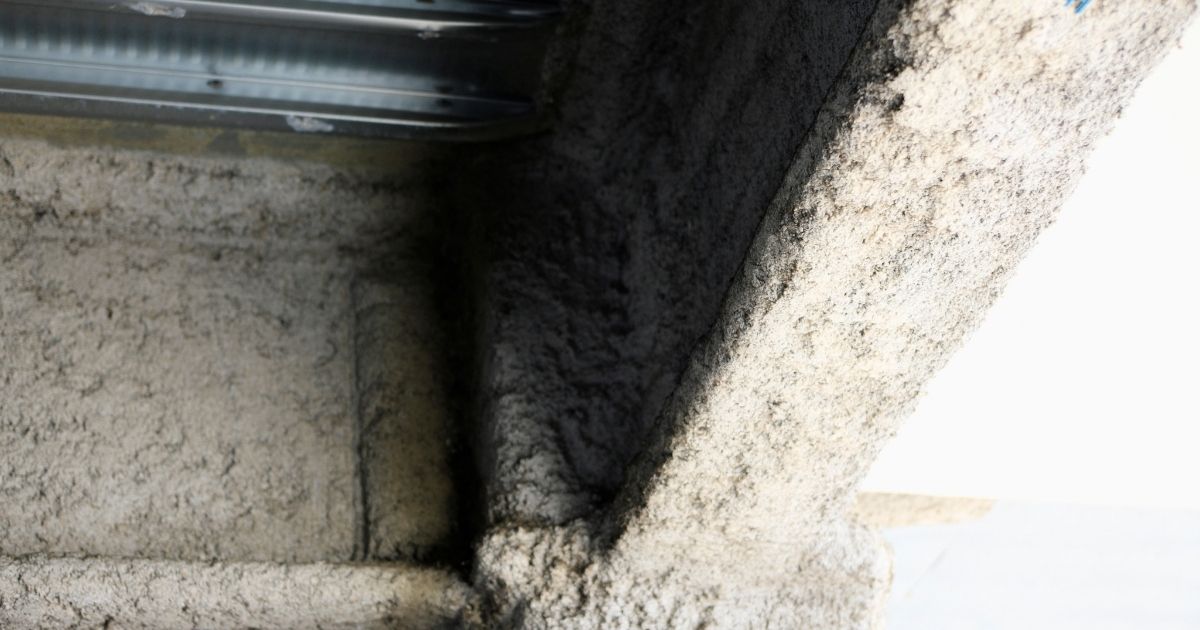
Asbestos shingle siding dates back to 1907, and the National Board of Fire Underwriters later endorsed it for its resistance to fire. It was banned by the Environmental Protection Agency in 1973 after the link between asbestos and mesothelioma was confirmed. That was over 50 years ago – is there still a risk of asbestos exposure from home siding?
The first step in identifying asbestos siding is to determine the age of your home; check the property deed if you are unsure. Also, look for any other records of its construction. Then, see if you can find printed information that shows the siding manufacturer’s name or installation date.
Asbestos shingles were often finished to resemble wood grain. Extra layers of paint may have been applied on top of the asbestos siding, so check for that as well. Look around replaced doors and windows for newer siding and compare that to older siding areas. Calling a professional to take samples and perform tests is safest if you suspect asbestos. When asbestos siding is broken or cracked, it can release asbestos fibers into the air.
That is not always necessary, and many professionals feel it is better to leave the shingles alone than to disturb them – if they are in good condition. Here are the options to consider:
Working with professionals who understand the risks, are certified, follow safety regulations, and have the proper safety equipment is best.
There is a greater chance of finding asbestos in U.S. homes built before the 1980s. Those fibers have been used in vinyl floor tiles, paint, popcorn ceilings, insulation, cement, and other places. Removing asbestos yourself is hazardous because it becomes airborne once the fibers are disturbed. Even if you wear a mask when dusting, vacuuming, or sweeping them up, there are still potential hazards. Asbestos abatement companies can identify the material and take the proper precautions.
It is possible to experience asbestos exposure in homes, workplaces, and communities. Airborne asbestos fibers can get trapped in the lungs; once they do, they can stay there for decades. They can accumulate, leading to scarring, inflammation, and life-threatening or fatal health problems.
Asbestos is a known human carcinogen, with enough evidence showing that it causes mesothelioma. That is a rare cancer that impacts the membranes lining the abdomen and chest. Asbestos can also cause larynx, lung, and ovarian cancer – some studies show that it can also lead to cancers of the colorectum, pharynx, and stomach.
Asbestos exposure can also increase the risk for asbestosis and other lung diseases like pleural thickening and benign pleural effusions.
Asbestos exposure impacts people in different ways. The likelihood of developing a disease from it depends on the level and duration of exposure. Individual risk factors like a history of smoking or pre-existing lung disease can also influence the outcome.
The most common symptoms of asbestos-related diseases include:
Our experienced Philadelphia asbestos lawyers at Brookman, Rosenberg, Brown & Sandler have helped many clients with asbestos-related diseases and can offer you or a loved one sound legal guidance. For a free consultation, contact us online or call us at 215-569-4000. Located in Philadelphia, we serve clients in Delaware County, Chester County, Philadelphia County, and across Pennsylvania and New Jersey.